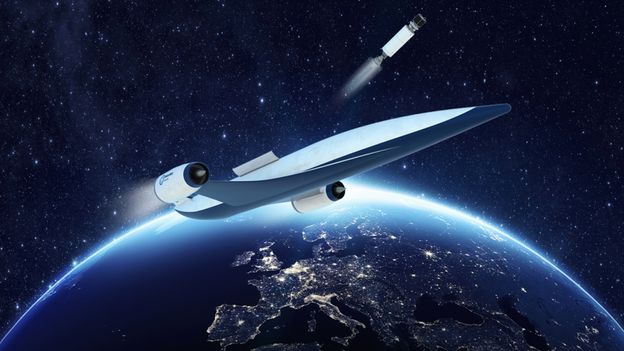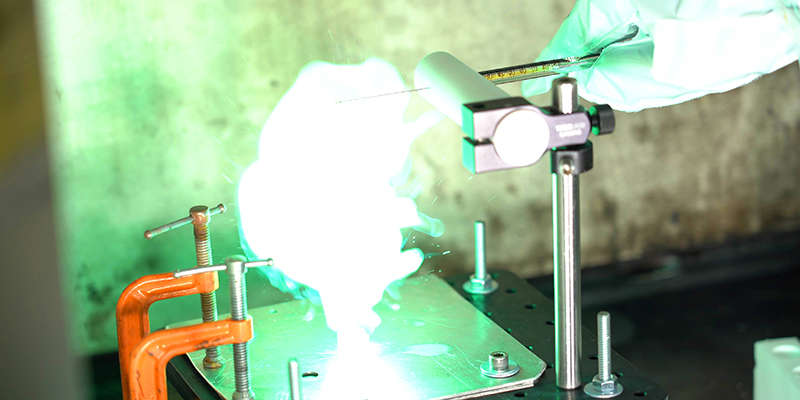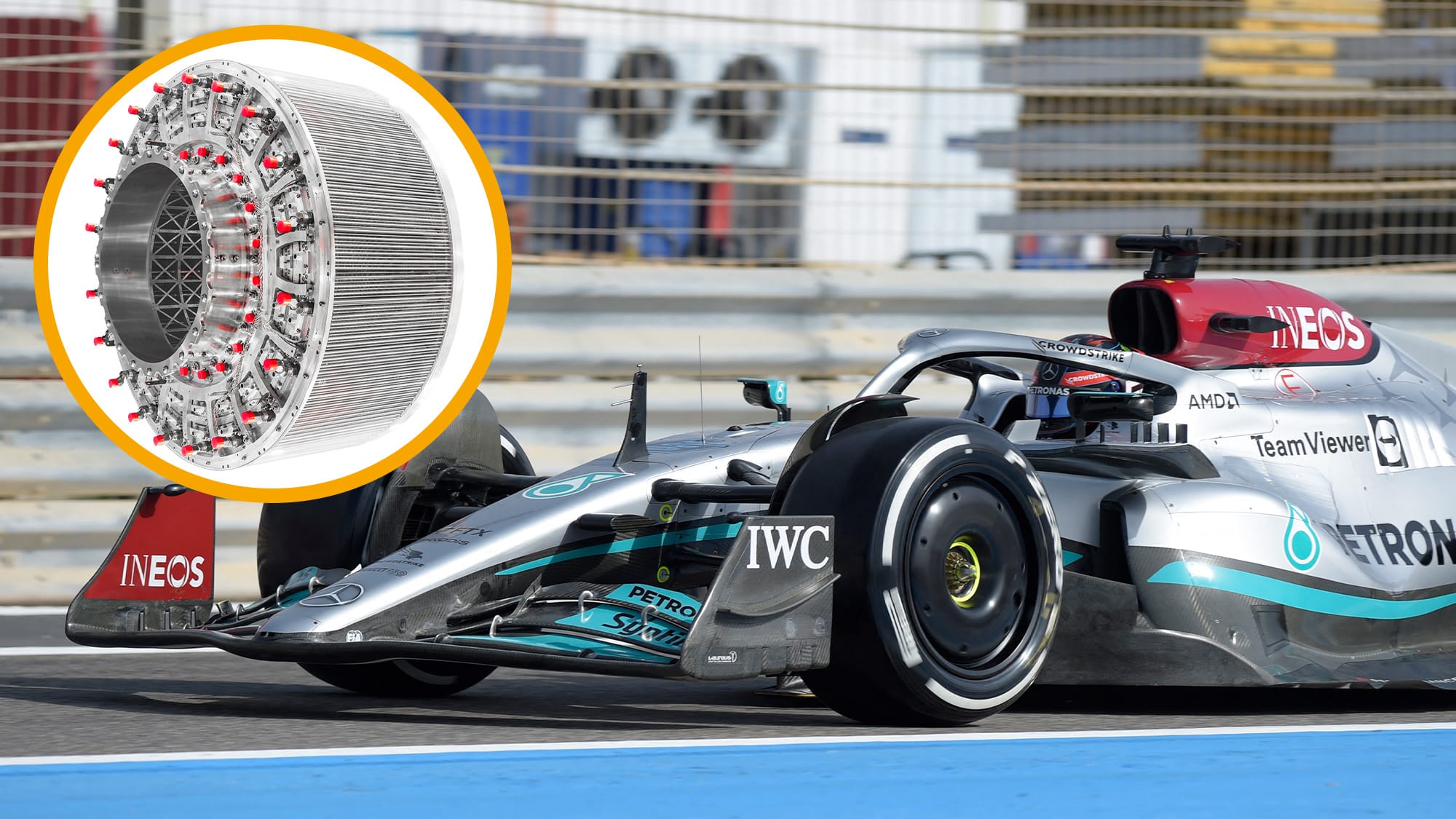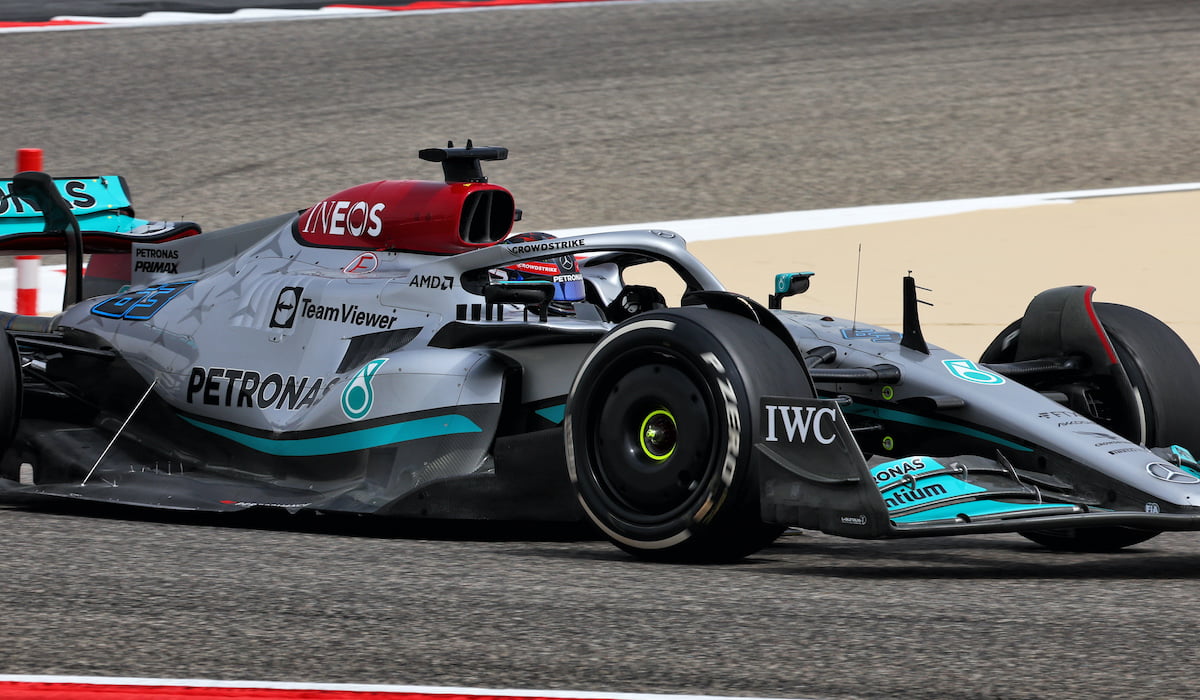- Joined
- 25 June 2014
- Messages
- 1,564
- Reaction score
- 1,499
It's the kerosene-powered Falcons that are killing the spaceplane. Can't help wondering what they'd be charging if they were doing it with CO2-derived methane. Two noughts on the end?

[BBC link]
"SpaceX has a reputation for pushing a lot of boundaries, but it is killing the spaceplane,"
Should make 'em use environment-friendly hydrogen like everyone else, huh.
"SpaceX has a reputation for pushing a lot of boundaries, but it is killing the spaceplane,"
Should make 'em use environment-friendly hydrogen like everyone else, huh.
They're using methane because it's easier to generate on Mars. (Among other things.) As for "every one else", aside from the Delta IV what launcher, anywhere in the world, uses LH2 only? Considering SpaceX's contribution to global pollution is far into the noise, forcing them to fail in order to prop up some other launcher is not cool.
Who is using all LH2/O2? Anywhere. Delta IV, that's it, and it's going away. And again, in the grand scheme of things, space launch's contribution to pollution is not even measurable. Saying, "wait, what is unique to Skylon? Yeah, THAT'S what everybody should be forced to do" does not suggest great confidence in the design. If it were a winner it would succeed on it's own."SpaceX has a reputation for pushing a lot of boundaries, but it is killing the spaceplane,"
Should make 'em use environment-friendly hydrogen like everyone else, huh.
They're using methane because it's easier to generate on Mars. (Among other things.) As for "every one else", aside from the Delta IV what launcher, anywhere in the world, uses LH2 only? Considering SpaceX's contribution to global pollution is far into the noise, forcing them to fail in order to prop up some other launcher is not cool.
This is about the need for a new environmentally-friendly generation of aerospace vehicles, not the dirty old ones. Sure, if SpaceX can make their synthetics as environmentally-friendly as hydrogen, fine, but that hasn't yet happened "anywhere in the world" either.
So "Sure, if SpaceX can make their synthetics as environmentally-friendly as hydrogen, fine" is Skylon necrophilia? News to me, buddy.<snip repetition and irrelevance>
"Should make 'em use environment-friendly hydrogen like everyone else, huh."<snip weak denial>
Methane is a very potent greenhouse gas. Turning it into carbon dioxide and water vapour may actually be an improvement.I don't understand this debate. Methane is not harmful if harvested intelligently and burned efficiently (what rockets provide).
I am more concerned with the billion of ppl starting their dusty diesel each morning.
The alternative is to start a higher-level CO2 petrol/gasoline polluter. Dust hurts us and our children, then it is gone. CO2 hurts our children's children's children for the next five thousand years. I know who deserves the hit more.I am more concerned with the billion of ppl starting their dusty diesel each morning.

I didn't.... But thank you.. Very interesting.Every body here knows that a British company has offered a far more practical hydrogen alternative years ago in the form of pellets that just had to be poored inside a non-pressured tank?

Drone flight powered by lightweight hydrogen-producing pellets
At first glance, hydrogen fuel cells sound like a great power source for fixed-wing drones making long flights – they have much longer run times than batteries, and they emit no emissions other than water vapor. Unfortunately, the hydrogen typically has to be stored in large heavy pressurized…newatlas.com
Every body here knows that a British company has offered a far more practical hydrogen alternative years ago in the form of pellets that just had to be poored inside a non-pressured tank?

Drone flight powered by lightweight hydrogen-producing pellets
At first glance, hydrogen fuel cells sound like a great power source for fixed-wing drones making long flights – they have much longer run times than batteries, and they emit no emissions other than water vapor. Unfortunately, the hydrogen typically has to be stored in large heavy pressurized…newatlas.com

The alternative is to start a higher-level CO2 petrol/gasoline polluter. Dust hurts us and our children, then it is gone. CO2 hurts our children's children's children for the next five thousand years. I know who deserves the hit more.

They were not very good communicating for what I know.Every body here knows that a British company has offered a far more practical hydrogen alternative years ago in the form of pellets that just had to be poored inside a non-pressured tank?

Drone flight powered by lightweight hydrogen-producing pellets
At first glance, hydrogen fuel cells sound like a great power source for fixed-wing drones making long flights – they have much longer run times than batteries, and they emit no emissions other than water vapor. Unfortunately, the hydrogen typically has to be stored in large heavy pressurized…newatlas.com
From the Cella website

We regret to inform that Cella Energy Limited are currently in administration: https://beta.companieshouse.gov.uk/company/09019506/insolvency
WEBSITE SUSPENDED
( Webmasters: frontdesk@systemcore.co.uk | +44 (0) 1483 428655)

RE maybe need to get a move on, see below:
View: https://twitter.com/starmil_admin/status/1383038136431808512

 www.ammoniaenergy.org
www.ammoniaenergy.org

The relevance to SABRE being?Just having ammonia as a coolant X-15 style, maybe burned off at the last?
Could you have jacketed thrust…where one exhaust serves as a combustion chamber for a second, hotter combustion no physical nozzle could take. Annular solids that slide off as a ring.. like Gnom…airbreathing solids?
Cooling in general is not directly SABRE-related and belongs in a different topic. Since you are not reporting on work in the field, The Bar would be the appropriate forum here, thanks.To help with cooling perhaps
Reaction Engines Ltd @ReactionEngines Aug 19
We are continuing to carry out core engine tests for SABRE at various test facilities and will be publishing further updates soon.
The reason I mentioned it here was a recent advance from Guntae Kim at UNIST who can break ammonia into hydrogen more easily and with less electricity than with water. If it is that easy…could you do it on the fly…without as much cryogenics than is needed to get the ball rolling. If this can be done IN FLIGHT, Skylon may yet have new life breathed into it with reduced tankage demands, though I am probably fooling myself again. I was thinking “ammonia to engine—ammonia to hydrogen—hydrogen to SABRE engine…exhaust.Cooling in general is not directly SABRE-related and belongs in a different topic. Since you are not reporting on work in the field, The Bar would be the appropriate forum here, thanks.To help with cooling perhaps
we have tested the engine’s advanced hydrogen preburner at energy delivery levels in excess of two megawatts and proved output temperature uniformity under pressurised conditions. The preburner will now be combined with the HX3 heat exchanger to provide heat to the SABRE cycle at take-off and early flight.
During this campaign, the S & C control systems were combined with the REL Engine Control System for the first time and to great effect. The new N-site facility at Cotswold Airport proved to be a very suitable location for operating this and other future aerospace engine technologies using hydrogen.
The cooler in question uses technology developed by a UK company called Reaction Engines, which is working on the development of air breathing rocket motors. These engines have a similar requirement to a turbocharged gasoline engine in that incoming charge air is compressed and needs cooling, but to a much higher degree. The engines are designed to hurtle through the air at five times the speed of sound, with this forward speed helping to ram air into the engine inlet, heating it to around 1000°C in the process. Reaction Engines had to develop what it calls a pre-cooler to drop this temperature back down to ambient levels, and it turns out the technology has lots of uses beyond rockets – including F1.


How about that. Our own Calum Douglas is surely the man to ask - his day job is Mercedes F1 engine design. I just pinged him, fingers crossed.The cooler in question uses technology developed by a UK company called Reaction Engines, which is working on the development of air breathing rocket motors. These engines have a similar requirement to a turbocharged gasoline engine in that incoming charge air is compressed and needs cooling, but to a much higher degree. The engines are designed to hurtle through the air at five times the speed of sound, with this forward speed helping to ram air into the engine inlet, heating it to around 1000°C in the process. Reaction Engines had to develop what it calls a pre-cooler to drop this temperature back down to ambient levels, and it turns out the technology has lots of uses beyond rockets – including F1.
The rocket tech behind Mercedes’ cutting-edge F1 coolers
A new compact air cooler, using rocket engine technology, could be the key to Mercedes' new slim F1 sidepods. Lawrence Butcher examines how it workswww.motorsportmagazine.com

Rocket technology to thank for Mercedes’ tiny sidepods – Symonds
Formula 1's chief technical officer, Pat Symonds, has provided some insight into how Mercedes has shrunk its sidepods down towww.motorsportweek.com
